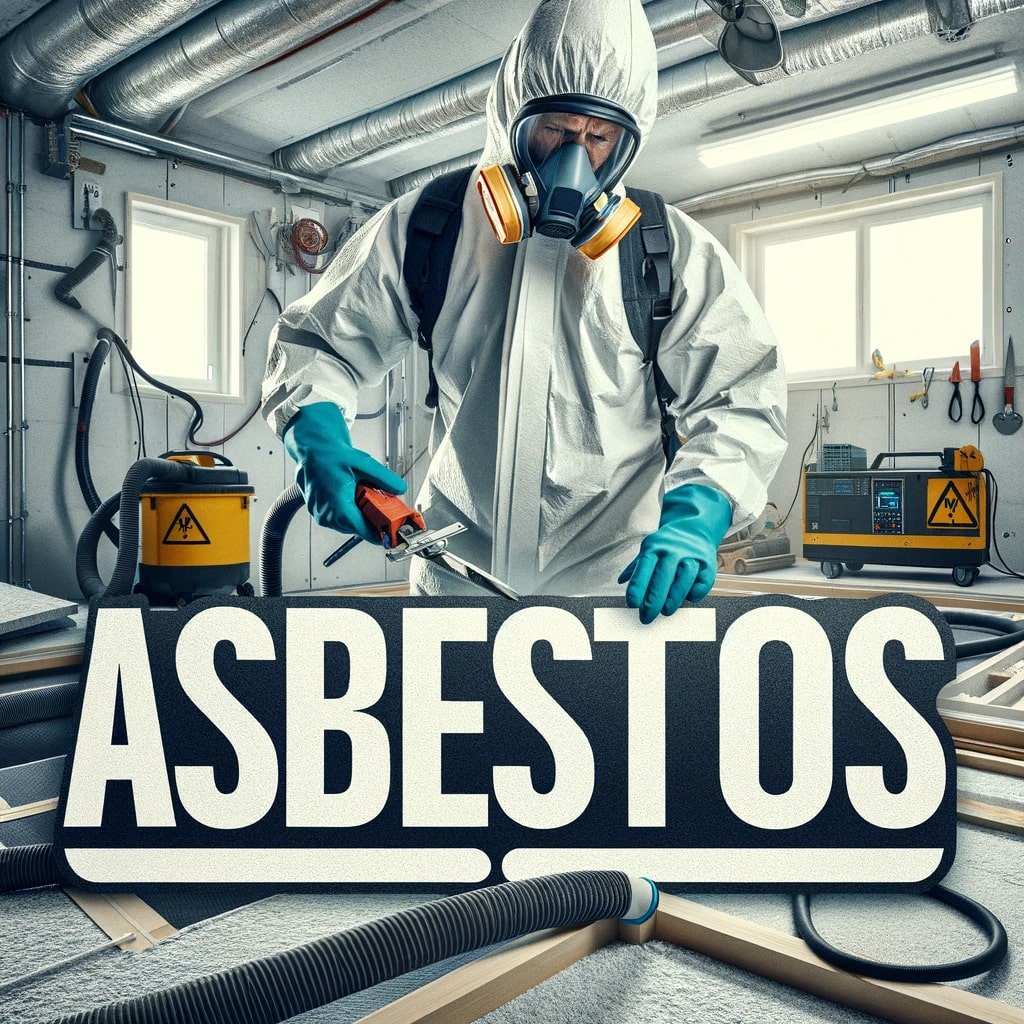Understanding Asbestos Regulations
-
Federal Regulations
-
EPA (Environmental Protection Agency): The EPA oversees several regulations related to asbestos, primarily under the Clean Air Act (CAA) and the Toxic Substances Control Act (TSCA). Key regulations include:
-
NESHAP (National Emission Standards for Hazardous Air Pollutants): NESHAP sets guidelines for the safe handling, removal, and disposal of asbestos to minimize airborne asbestos emissions.
-
AHERA (Asbestos Hazard Emergency Response Act): AHERA requires schools to inspect for asbestos-containing materials and prepare management plans to reduce asbestos hazards.
-
-
OSHA (Occupational Safety and Health Administration): OSHA sets standards to protect workers from asbestos exposure in the workplace. Key regulations include:
-
Asbestos Standards for the Construction Industry (29 CFR 1926.1101): These standards outline the requirements for asbestos exposure control, including permissible exposure limits, monitoring, and protective measures.
-
-
-
State and Local Regulations
-
State and local governments often have additional regulations that complement federal laws. These can include specific licensing and certification requirements for asbestos abatement contractors and workers.
-
Local regulations may also dictate additional inspection and notification procedures before starting an asbestos abatement project.
-
Steps to Ensure Compliance
-
Inspection and Assessment
-
Before any renovation or demolition project, a thorough inspection by a certified asbestos inspector is required to identify the presence of asbestos-containing materials.
-
The inspection report should detail the type, location, and condition of ACMs to develop an appropriate abatement plan.
-
-
Notification
-
Regulatory bodies, such as the EPA and local environmental agencies, must be notified before commencing any asbestos abatement work. Notification typically includes details about the project scope, methods of abatement, and safety measures.
-
-
Licensing and Certification
-
Only licensed and certified asbestos abatement professionals are authorized to perform asbestos removal or encapsulation. Workers must undergo specific training programs to become certified.
-
Contractors must also obtain the necessary permits for asbestos abatement work from local authorities.
-
-
Abatement Procedures
-
Containment: The work area must be isolated using plastic sheeting and negative air pressure to prevent asbestos fibers from spreading.
-
Personal Protective Equipment (PPE): Workers must wear appropriate PPE, including respirators, disposable coveralls, gloves, and eye protection.
-
Removal and Disposal: Asbestos materials should be carefully removed and placed in leak-tight containers. These containers must be labeled according to regulatory requirements and disposed of at approved hazardous waste facilities.
-
Air Monitoring: Continuous air monitoring during and after abatement ensures that asbestos fibers are not present in the environment.
-
-
Post-Abatement Clearance
-
After completing the abatement work, a final inspection and air clearance test must be conducted to ensure the area is free of asbestos fibers and safe for reoccupation.
-
Consequences of Non-Compliance
Non-compliance with asbestos abatement regulations can result in severe penalties, including fines, legal action, and damage to the contractor’s reputation. More importantly, it can lead to serious health risks for workers and building occupants.
Conclusion
Asbestos abatement is a highly regulated process designed to protect public health and safety. Understanding and adhering to the legal requirements for asbestos abatement ensures that projects are conducted safely and responsibly. By following federal, state, and local regulations, and employing certified professionals, you can effectively manage asbestos hazards and contribute to a safer environment.
Deconstructors demolition .inc 2024-05-23



